
OTT Messaging: Is It Better Than Email And SMS?
Remember when text messages capped at 160 characters? Those days are long gone. Today, OTT messaging apps like WhatsApp, Viber, and Messenger make conversations faster and more convenient, powered by the Internet rather than phone networks.
But while OTT messaging offers several advantages, it isn’t necessarily a perfect replacement for established channels. Businesses often find themselves asking: “Is OTT enough on its own, or should it work alongside SMS and email?”
In this post, we’ll break down what OTT messaging really means, how it stacks up against other communication tools, where its limitations lie, and how it can help your strategy.
What Is OTT Messaging?
OTT messaging (short for over-the-top messaging) refers to chat and messaging services that use the Internet rather than a mobile carrier’s SMS or MMS network. Popular examples include WhatsApp, Facebook Messenger, Viber, Telegram, and WeChat.
Unlike traditional text messaging, OTT apps deliver messages over data connections such as Wi-Fi or mobile internet, allowing users to send texts, images, videos, voice notes, and even make calls at little to no cost. That’s why OTT platforms have quickly gained traction worldwide, with billions of active users relying on them daily.
For businesses, OTT messaging opens up opportunities for more interactive customer communication. Companies can share rich media, quick replies, and personalized updates directly inside an app customers already use. However, since OTT services rely on third-party apps, their reach depends on whether the customer has that specific app installed, making it less universal than email or SMS.
Key Features of OTT Messaging
OTT messaging apps stand out because they go beyond plain text. Some of their most common features include:
- Rich media support: Send photos, videos, voice notes, stickers, and GIFs.
- Internet-based delivery: Messages travel via Wi-Fi or mobile data, not carrier networks.
- Cross-device access: Use the same account across multiple devices, including smartphones, tablets, and desktops.
- Group and community chats: Enable conversations with multiple users at once.
- End-to-end encryption: Many OTT apps offer strong privacy and security by default.
These features make OTT apps engaging and user-friendly, but they also highlight why businesses must carefully weigh OTT against more universal channels like SMS and email.
OTT Messaging vs SMS
While OTT messaging and SMS are used for the same purpose—delivering messages to recipients—the way they operate (and their effectiveness for businesses) differ significantly. Let’s explore their differences in detail below.
Reach and Accessibility
SMS works on every mobile phone, requiring no internet connection, making it the most universally accessible channel. OTT apps, on the other hand, require users to have a smartphone, internet access, and the specific app installed. This can limit reach in certain demographics or regions.
Cost
For individuals, OTT messaging is essentially free, as it only requires data or Wi-Fi. For business use, however, several costs are associated with it. SMS usually has straightforward per-message fees. OTT messaging also includes those per-message fees, but it may require additional setup costs or monthly subscription fees.
The actual costs of both communication channels depend on the provider you select.
Features
SMS is limited to text and simple links, while MMS enables basic media at an additional cost. OTT apps support rich features (images, videos, buttons, voice notes, and more), allowing for interactive customer experiences.
What’s more, SMS is limited to 160 characters per message, while OTT apps allow you to send much longer messages.
Reliability
SMS is less dependent on connectivity and more likely to be delivered instantly in areas with poor internet. OTT apps depend heavily on stable internet connections.
Security
Another key difference between OTT messaging apps and SMS is the level of security and encryption. OTT messaging apps offer end-to-end encryption by default, meaning that messages can be read only by the sender and the recipient. On the other hand, SMS messages can be easily intercepted, making them more susceptible to cyber attacks.
Regarding consent, you need explicit consent from recipients for SMS marketing messages. OTT apps don’t require you to get consent. However, many businesses still do so as a best practice.
OTT Messaging vs Email
At first glance, OTT messaging and email may appear to be distinct channels, but they often overlap in purpose for businesses. They can help build relationships, send updates, and drive engagement.
Reach and User Behavior
Email is universal, and anyone with an internet connection can receive it, while it’s not tied to a specific app. OTT apps, by contrast, limit reach to users of a given platform. That said, OTT messages usually get read instantly, while emails may sit unopened for hours or even days.
Content and Format
OTT is designed for short, conversational updates that incorporate rich media. Email, however, offers more space and design flexibility, making it ideal for detailed newsletters, transactional messages, or promotional campaigns.
Business Use
OTT platforms tend to restrict bulk messaging, often requiring approval for business APIs. Email, in contrast, is designed for mass communication. Also, segmentation, automation, and personalization tools are standard in modern ESPs.
Longevity
Email provides a permanent record in a user’s inbox, searchable even months later. OTT messages often feel more fleeting, as they are frequently buried in ongoing chats.
Best OTT Messaging Apps
If you’re exploring OTT messaging, these six solutions offer unique opportunities for personal and business communication.
1. WhatsApp
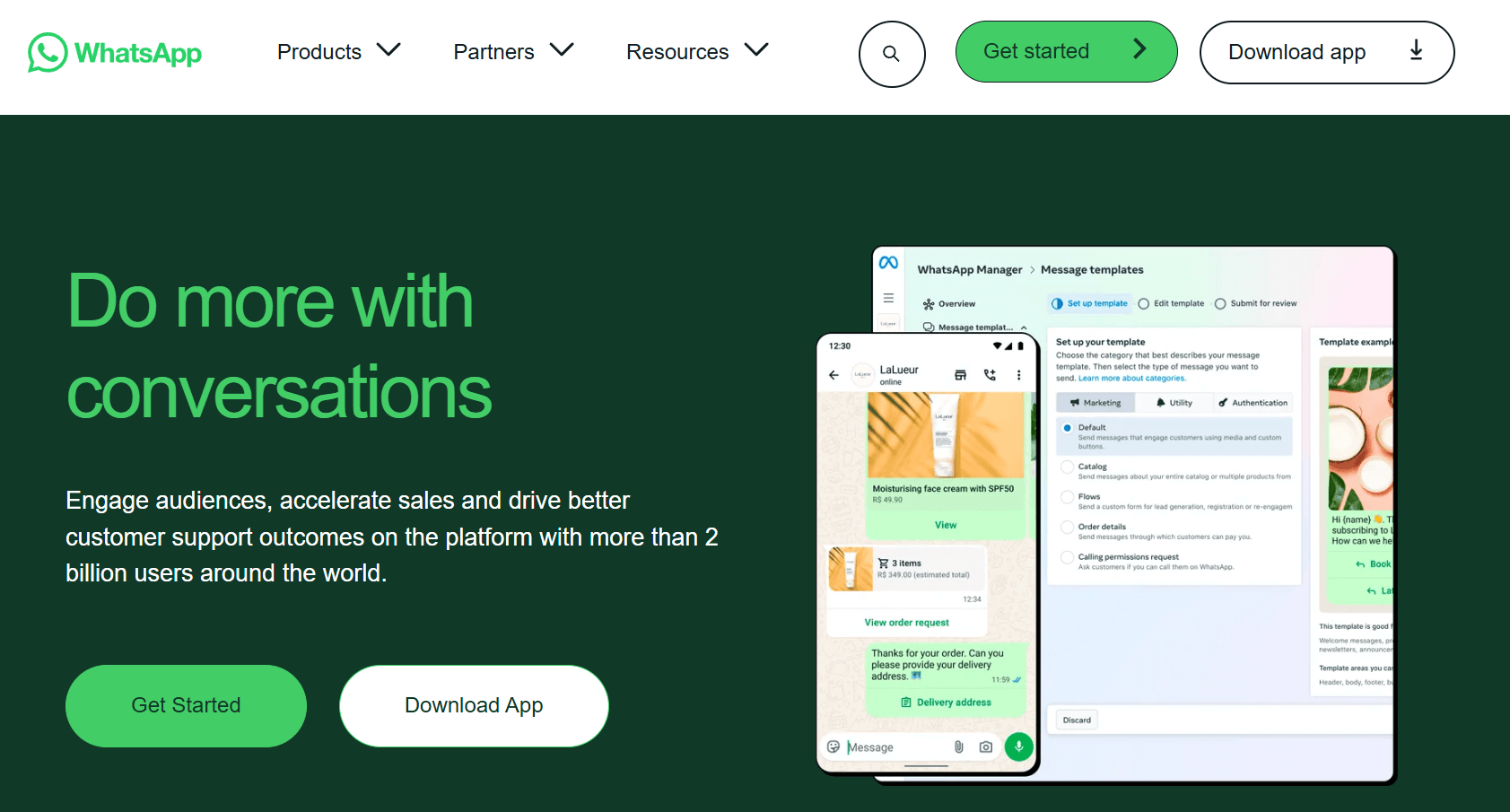
User base: Over 2.7 billion monthly active users (globally).
Key features: Encrypted chats, voice/video calls, file sharing, status updates.
Business use: The WhatsApp Business App (free) and Business API (paid) allow customer support, transactional updates, and rich media campaigns. This OTT messaging app is especially strong in markets like India, Brazil, and Europe.
2. Facebook Messenger

User base: ~1 billion monthly active users.
Key features: Text, calls, multimedia, chatbots, and payment integration.
Business use: Facebook Messenger works well for customer service, product inquiries, and automated responses. Integration with Facebook Ads makes it powerful for lead generation and retargeting.
3. Viber
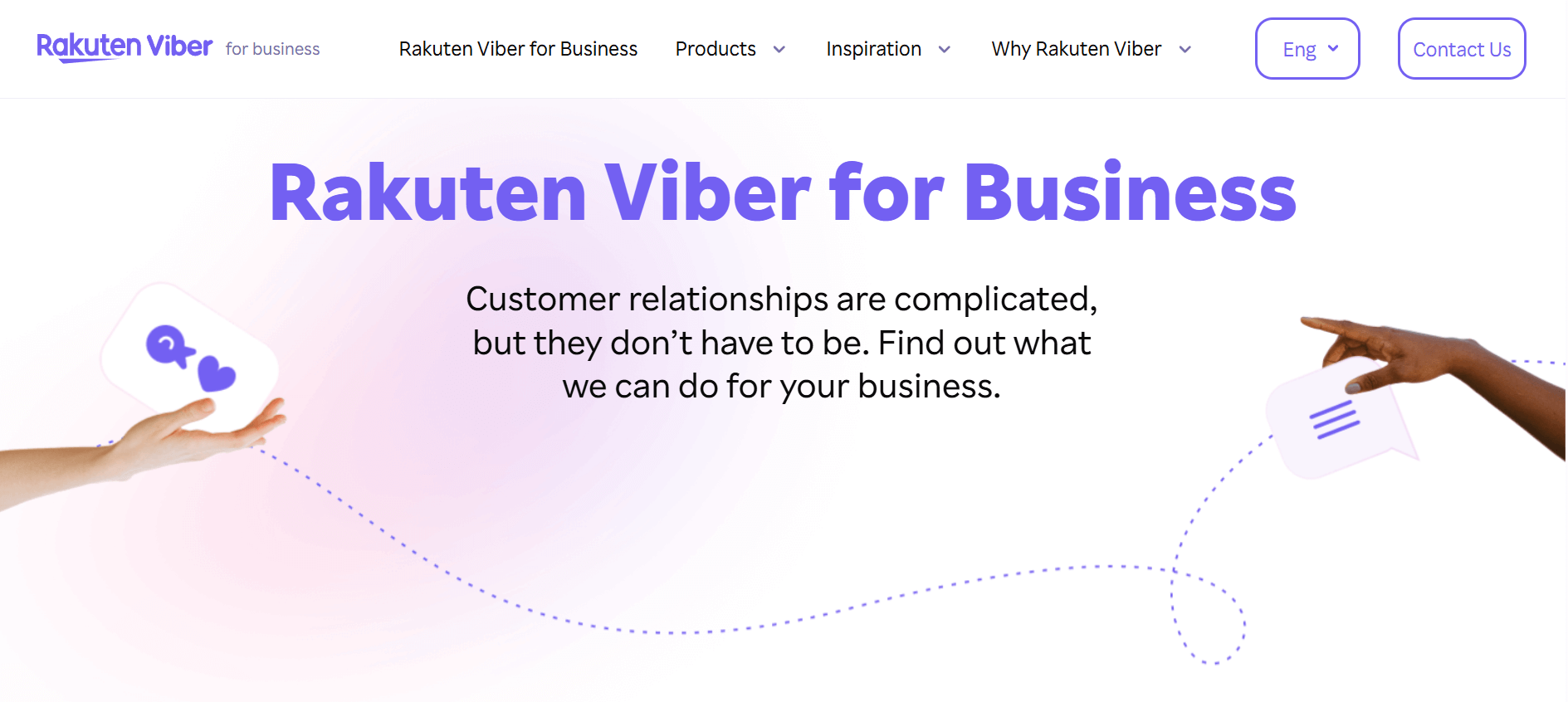
User base: 250+ million monthly active users, with a strong presence in Eastern Europe, the Middle East, and Asia.
Key features: End-to-end encryption, group chats, international calls, and stickers.
Business use: Viber for Business supports promotional messages, transactional updates, and branded sticker campaigns. This OTT messaging tool is excellent for localized marketing.
4. Telegram
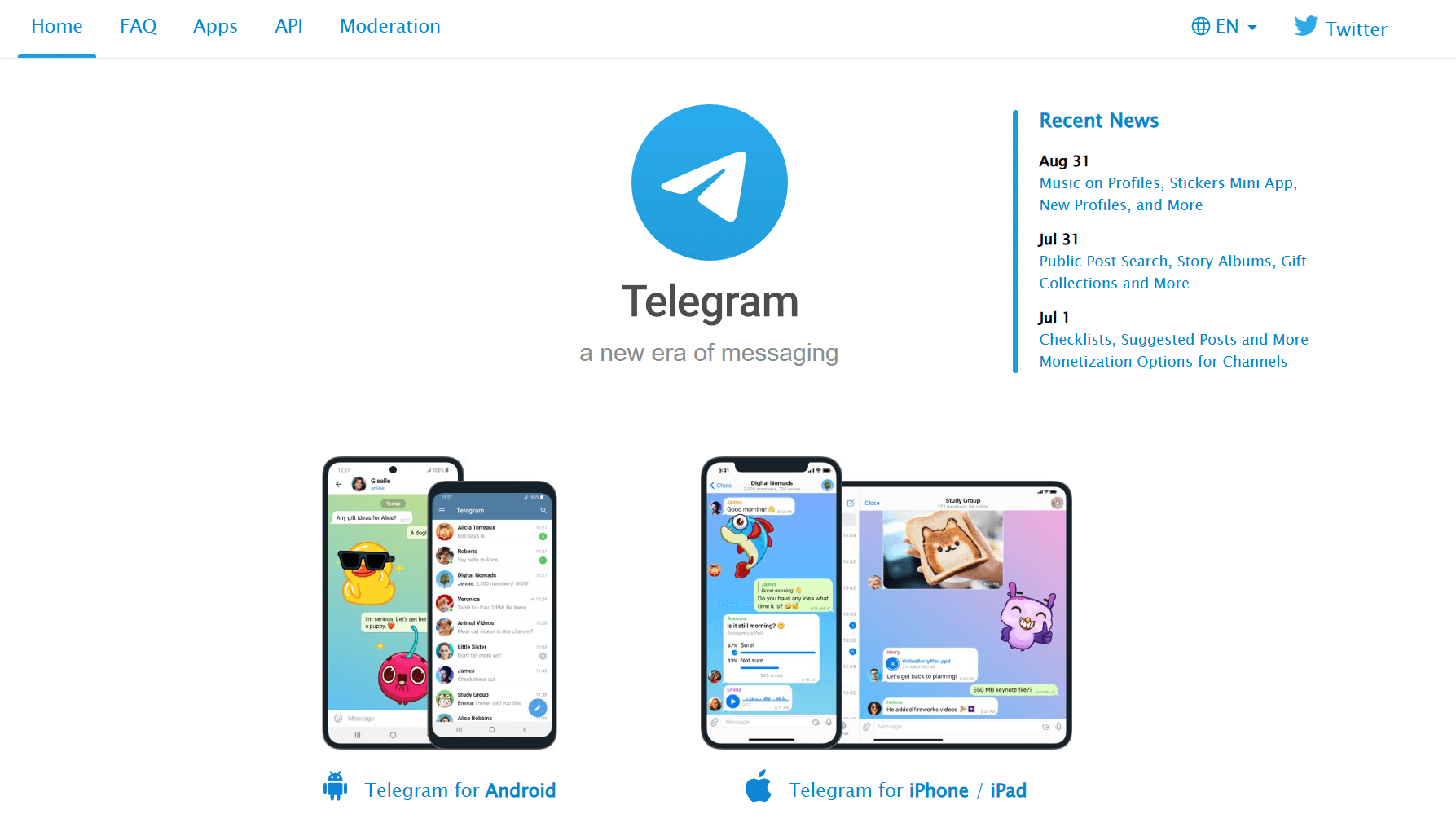
User base: 900+ million monthly active users.
Key features: Cloud-based storage, large file sharing, group chats up to 200,000 members, channels for broadcasting, strong privacy features, a custom start page, chatbot support, and automated messages.
Business use: Telegram is ideal for community building, announcements, and broadcast-style updates. While it lacks formal business APIs like WhatsApp, its open platform attracts tech-savvy audiences.
5. WeChat
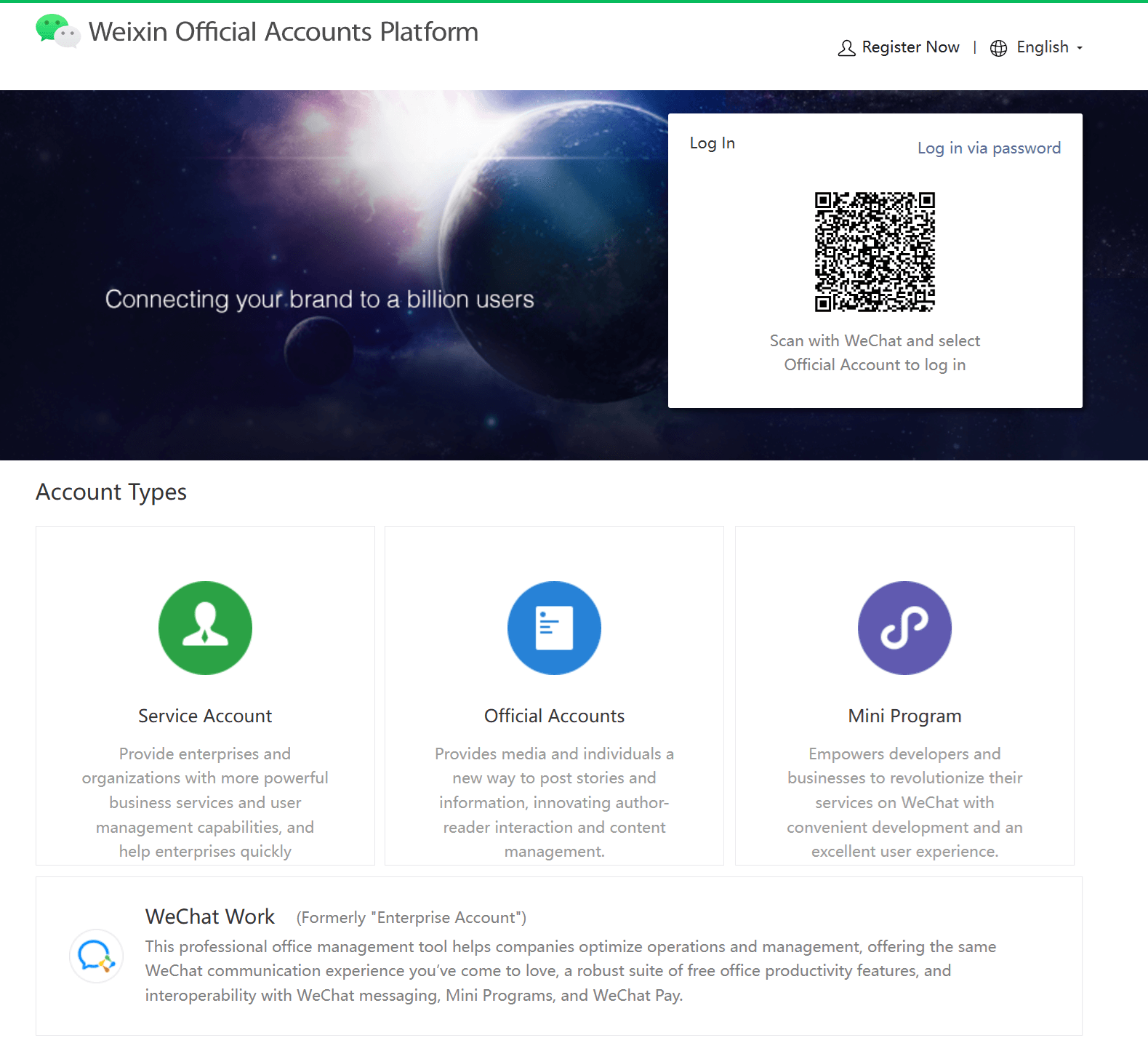
User base: 1.3+ billion monthly active users, mainly in China.
Key features: Messaging, payments, shopping, ride-hailing, and “mini programs” (apps within the app).
Business use: A must-have in China. Brands use WeChat official accounts to manage customer service, loyalty programs, and even full eCommerce stores.
6. Line
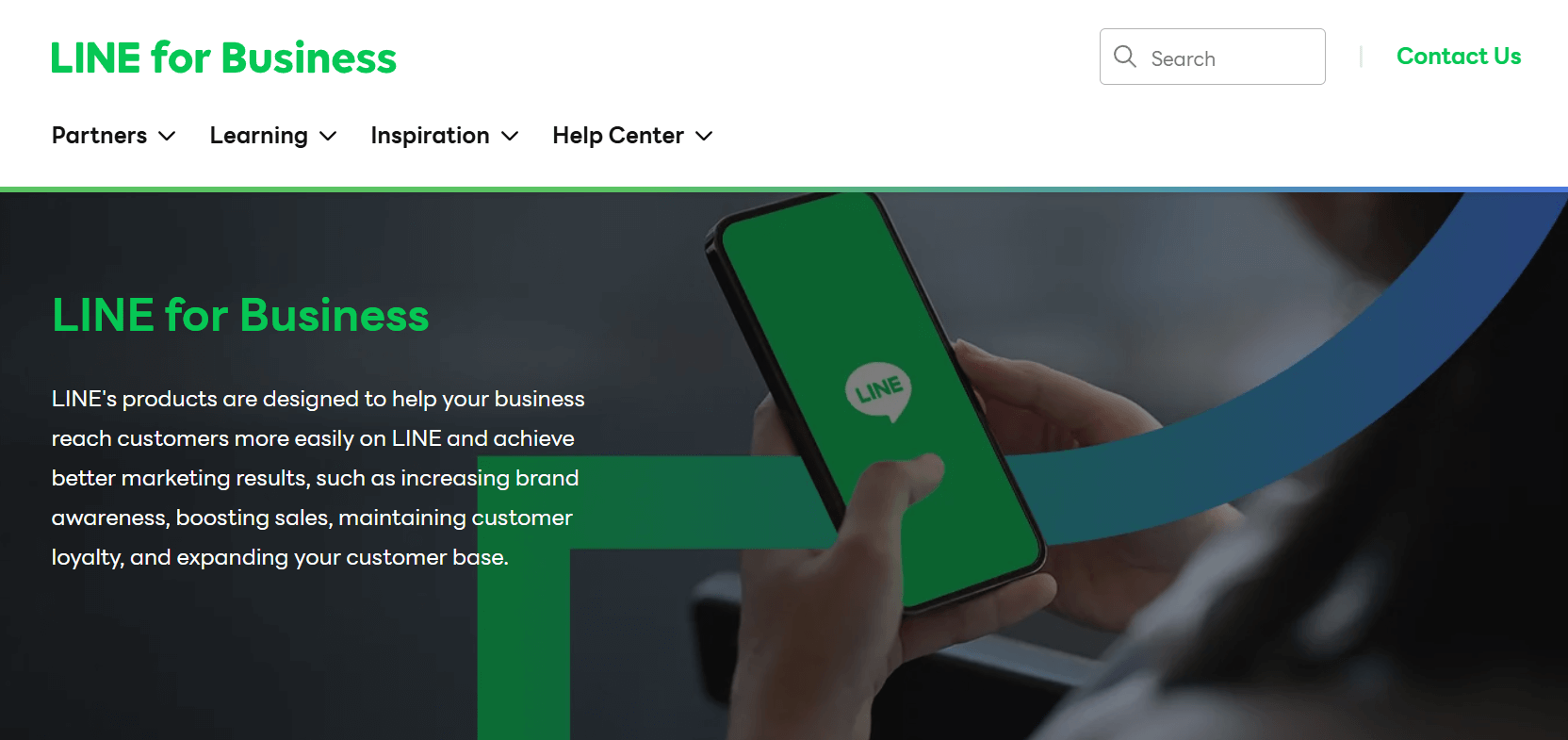
User base: ~178 million monthly active users, dominant in Japan, Taiwan, and Thailand.
Key features: Messaging, voice/video calls, stickers, social features, and integrated services (like music and payments).
Business use: Companies can use Line to run official accounts, send broadcast messages, and create branded stickers. Popular for localized, youth-oriented campaigns.
Where OTT Messaging Fits in Your Strategy
OTT messaging has transformed the way people connect, offering speed, interactivity, and rich media features that SMS and email alone can’t match. Still, its platform limits and scalability issues mean it works best as part of a multi-channel communication strategy.
For businesses, email remains the most universal, scalable, and measurable channel of communication. From automated campaigns to detailed analytics, email marketing gives you the control and reliability that OTT apps can’t provide on their own.
If you want the best of both worlds, combine OTT for real-time interactions with email for long-term engagement. And if you’re ready to take your email strategy further, try Moosend’s powerful email marketing platform, built to help you reach, engage, and convert your audience at scale.
Frequently Asked Questions
Here are some frequently asked questions related to OTT messaging.
1. What does OTT stand for?
OTT stands for Over-The-Top, referring to services that deliver content or communication over the internet rather than through traditional carrier networks. In messaging, OTT refers to apps like WhatsApp, Viber, or Messenger that enable users to send texts, images, and videos over Wi-Fi or mobile data, bypassing SMS/MMS.
2. Is OTT messaging free?
For users, OTT messaging is usually free since it only requires an internet connection (Wi-Fi or mobile data). Sending texts, images, or calls through apps like WhatsApp or Messenger doesn’t incur extra fees like SMS. For businesses, though, it’s different, as most OTT platforms charge for using their official APIs to send bulk messages or campaigns.
3. What are the limitations of OTT messaging?
OTT messaging relies on users having the right app installed, limiting its reach compared to SMS or email. It also requires a stable internet connection, which makes delivery less reliable in areas with low connectivity. For businesses, scalability can be a challenge since OTT platforms restrict bulk messaging and often require approval processes. Messages can also get buried in busy chats, so they lack the permanence of email.
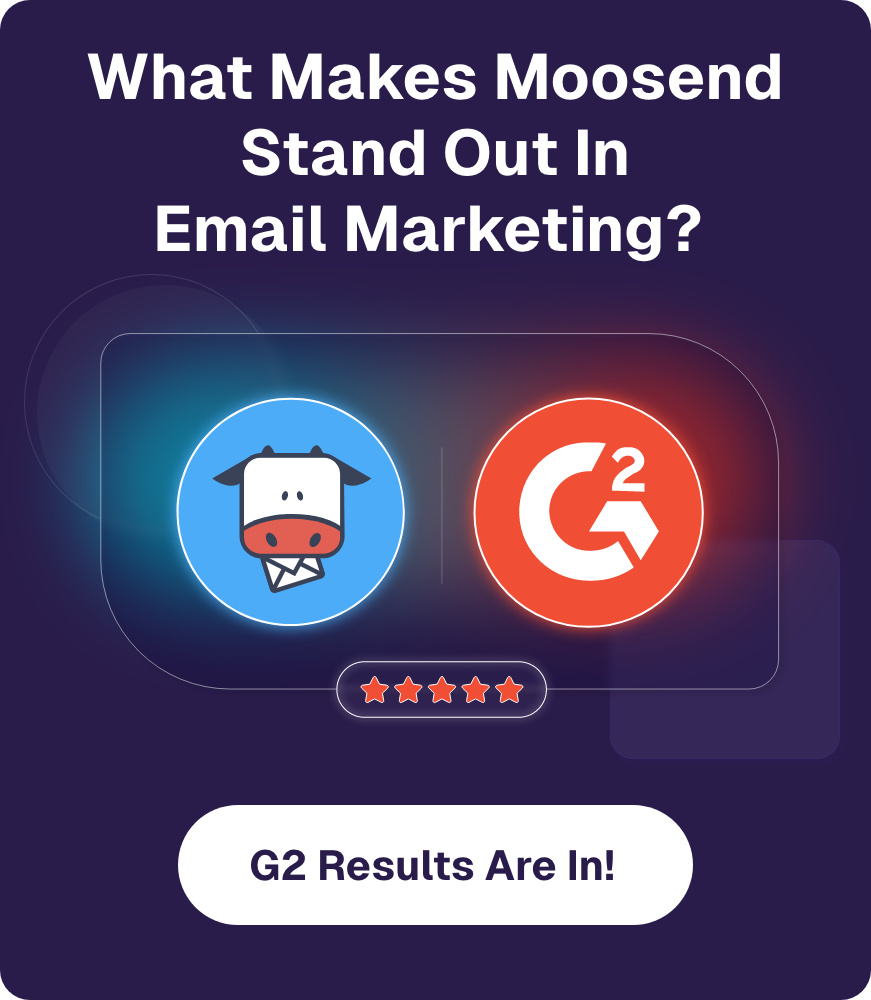





 Published by
Published by